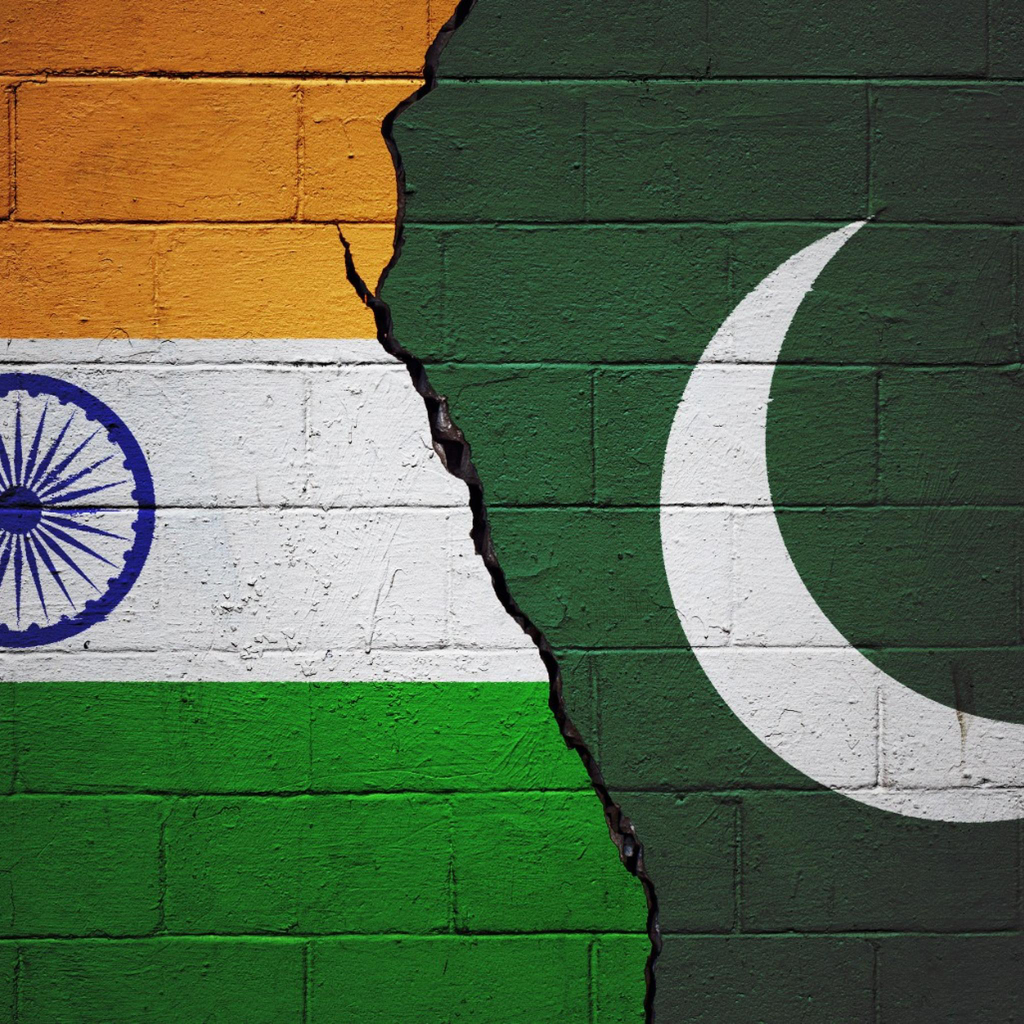A Wake-Up Call for Emerging GCCs: Why Early Overconcentration in India Can Derail Long-Term Value

Over the past two years, we’ve seen a surge in companies setting up Global Capability Centers (GCCs) in India (250+ new setups), and for good reason. India remains the global hub for digital, Information Technology (IT), operations, and analytics talent. The talent ecosystem is mature, cost-effective, and increasingly innovation oriented.
But for companies just entering or scaling in India, the recent India–Pakistan flashpoint has surfaced a difficult, but necessary question: Is your GCC footprint already too exposed?
If your organization has only one center (or more than 80% of offshore delivery talent in India), the answer may be yes, even if you’ve only just started! And this has nothing to do with India’s capabilities either. Rather, it’s about a too early overreliance, without a plan for strategic diversification or business continuity.
Early warning signs you shouldn’t ignore
- Location decisions were made fast — not strategically
95% of new GCCs went to the same 3-4 Tier-1 Indian cities, some without evaluating alternatives or long-term risk scenarios
- You don’t have a defined Business Continuity Plan (BCP) model — only a Work from Home (WFH) fallback
During the COVID pandemic, WFH worked. But it won’t protect against escalated regional conflict, cyberattacks, or infrastructure outages
- The immediate GCC business case is a cost play (even if you won’t admit it), not a capability enabler
If your leadership views the center primarily as a labor arbitrage engine, investment in resilience, talent development, and governance will be limited
- Work is growing faster than the governance around it
Rapid headcount increases often outpace the maturity of operating models, location strategy, or global integration
- Leadership isn’t about asking hard questions, it’s about concentration risk
If your board or Chief Experience Officers (CXOs) haven’t raised this yet, it’s your job to get ahead of the conversation
What you should do now
For early-stage GCCs, this isn’t about pulling back from India, it’s about building a smarter, more resilient model from day one. Resilience isn’t something you bolt on later either, it’s embedded in how you design your footprint, govern your work, and evolve your strategy.
Here’s what we’re advising new GCC leaders:
- Pressure-test your current India setup against plausible disruption scenarios (political, climate, infrastructure, compliance)
- Explore Tier-2 Indian cities and alternate markets in Southeast Asia and Eastern Europe, not to move now, but to understand your future options
- Create a location strategy roadmap that reflects business criticality, work portability, and long-term capability needs
- Start integrating the GCC into global delivery governance, even if it’s your only center today. This sets the foundation for network thinking tomorrow
- Elevate the conversation with enterprise stakeholders. Your job is not just to deliver today’s outcomes, it’s to protect tomorrow’s
The best time to build resilience was before your first center launched. The next best time is now!
At Everest Group, we’re working with early-stage GCCs to design forward-looking location strategies, define hub+1 models, and de-risk delivery while enabling scale.
If your India center is your first, don’t let it be your only one. Let’s have that conversation now!
We’re here to help. Reach out to me at [email protected],
or connect with Everest Group for a tailored location resilience diagnostic.
If you found this blog interesting, check out Beyond The Flashpoint: Rethinking Location Strategy In The Age Of Overconcentration, A Wake-Up Call For Global Services Leaders | Blog – Everest Group, which delves deeper into the India-Pakistan dispute.